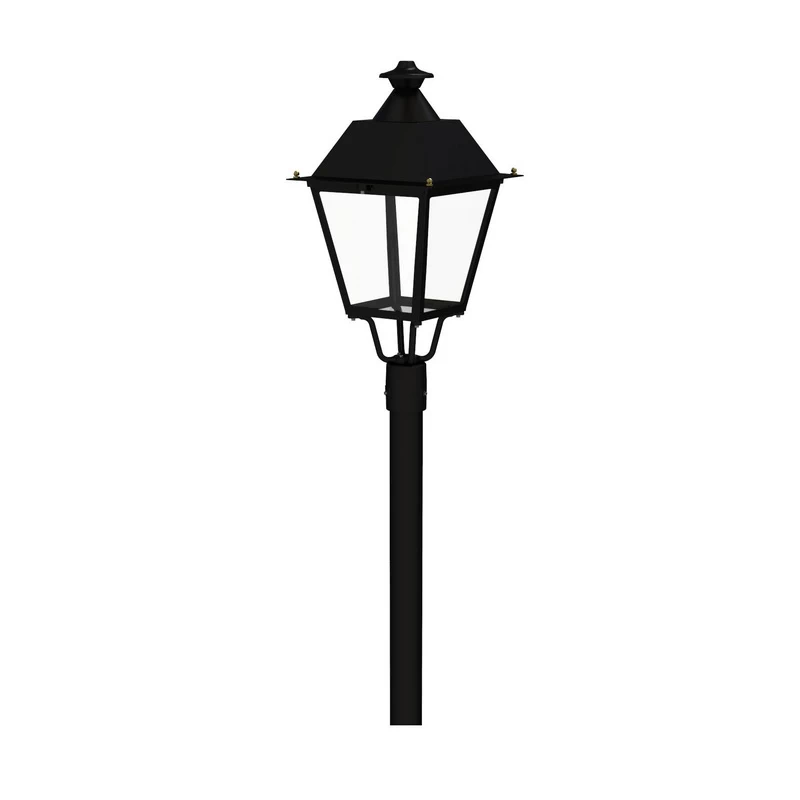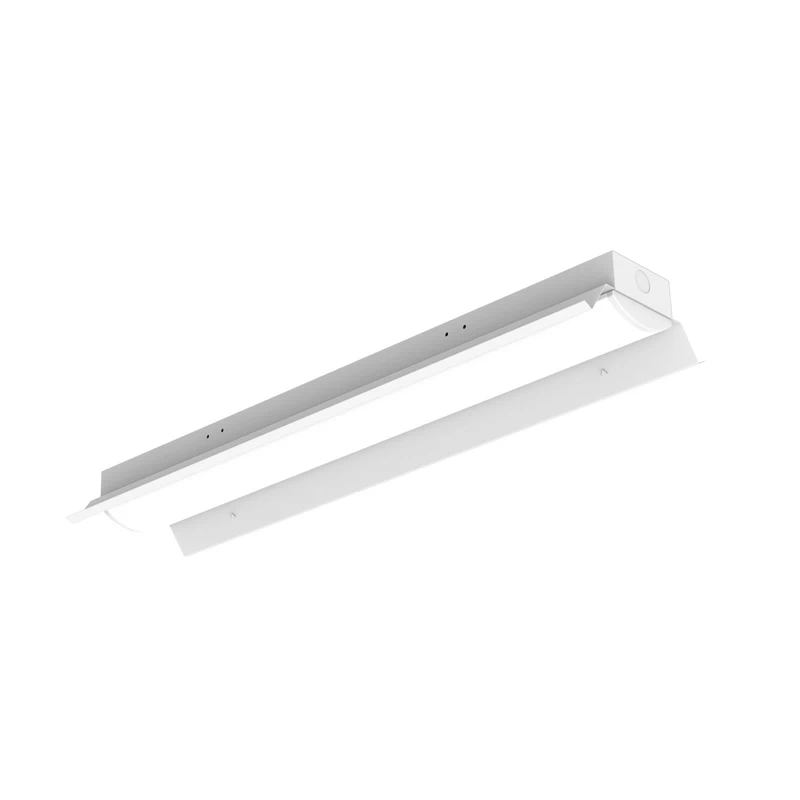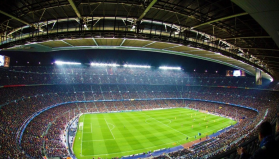Why are LED floodlights energy-saving and environmentally friendly?
In today's society, lighting is an indispensable part. In the current social background, energy saving and environmental protection are an indispensable part of the lighting field. In the past, high-pressure sodium lamps made important contributions to large-area outdoor lighting, but high-pressure sodium lamps are still It has the disadvantages of high energy consumption and poor environmental protection (containing harmful substances such as mercury). With the rise of LED lamps, they are increasingly used in lighting areas in various places (sports floodlights, marine floodlights, parking Field lighting, etc.), and LED floodlights use semiconductor technology, which has a high efficiency in converting electrical energy into light energy and does not contain harmful substances such as mercury, making it very suitable for environmental protection themes.
1. The power of LED floodlights is low, only about 1/4 of high-pressure sodium lamps. This shows that under the same brightness, the LED floodlight flux is almost the same as the 500W high-pressure sodium light flux, but the energy consumption can be reduced by 75%. around, which can significantly reduce energy consumption.
2.LED floodlights use semiconductor technology so they do not contain harmful substances such as mercury. In contrast, mercury in high-pressure sodium lamps is a harmful substance that can pollute the environment. Therefore, using LED floodlights can reduce the negative impact on the environment. Moreover, the LED floodlight uses solid mercury, which will not cause pollution to the surrounding air even if it is broken. It has a recyclability rate of over 99% and is an environmentally friendly green light source. This is in line with the concept of sustainable development and is conducive to protecting the global environment.








